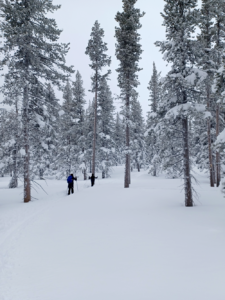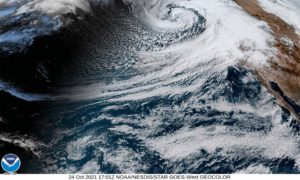What Is An Atmospheric River, and How Does One Affect California’s Rainfall?
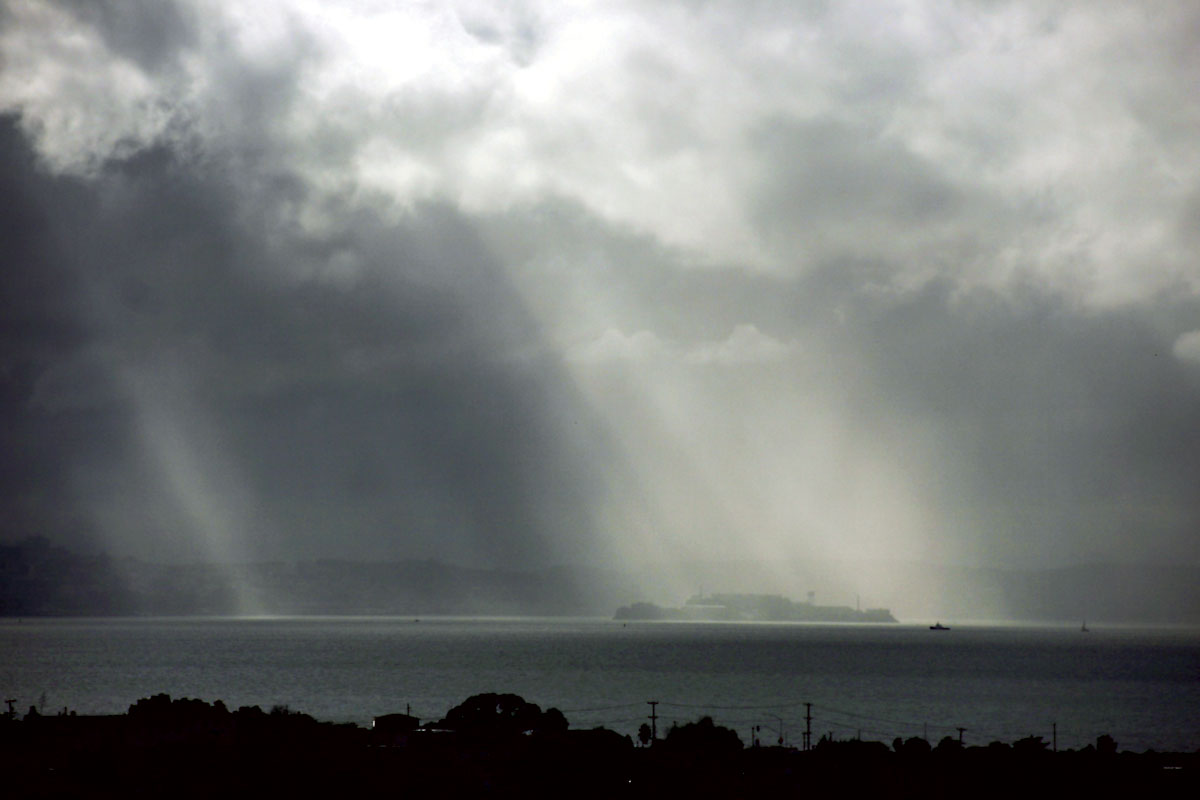
Atmospheric rivers, commonly abbreviated as ARs, aren’t actually rainstorms themselves. Rather, they’re a product of the earth’s heat-balancing act, the natural process of moving heat and moisture from the tropics to higher latitudes. It’s only when an atmospheric river combines with a Pacific storm that ARs become energized into super-storms.
How to Start Adapting to California’s ‘Precipitation Whiplash’
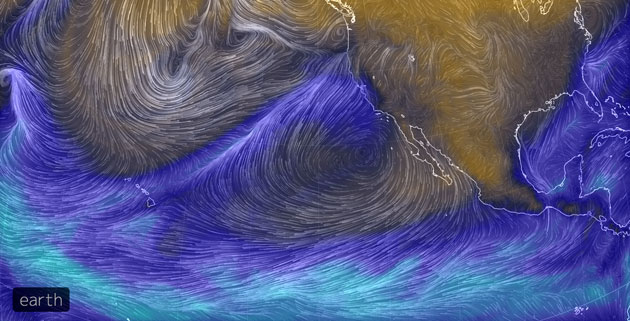
Much of California enjoys a mild Mediterranean climate where the weather typically swings like a pendulum from warm, dry summers to cool, wet winters. If it doesn’t swing toward rain and snow between October and March, it leads to drought; if it does, we might see record-breaking precipitation. While the pendulum has always swung here, there’s evidence that its swings are now getting more dramatic.
We Can’t Rely on Drought-Busting Atmospheric Rivers Anymore
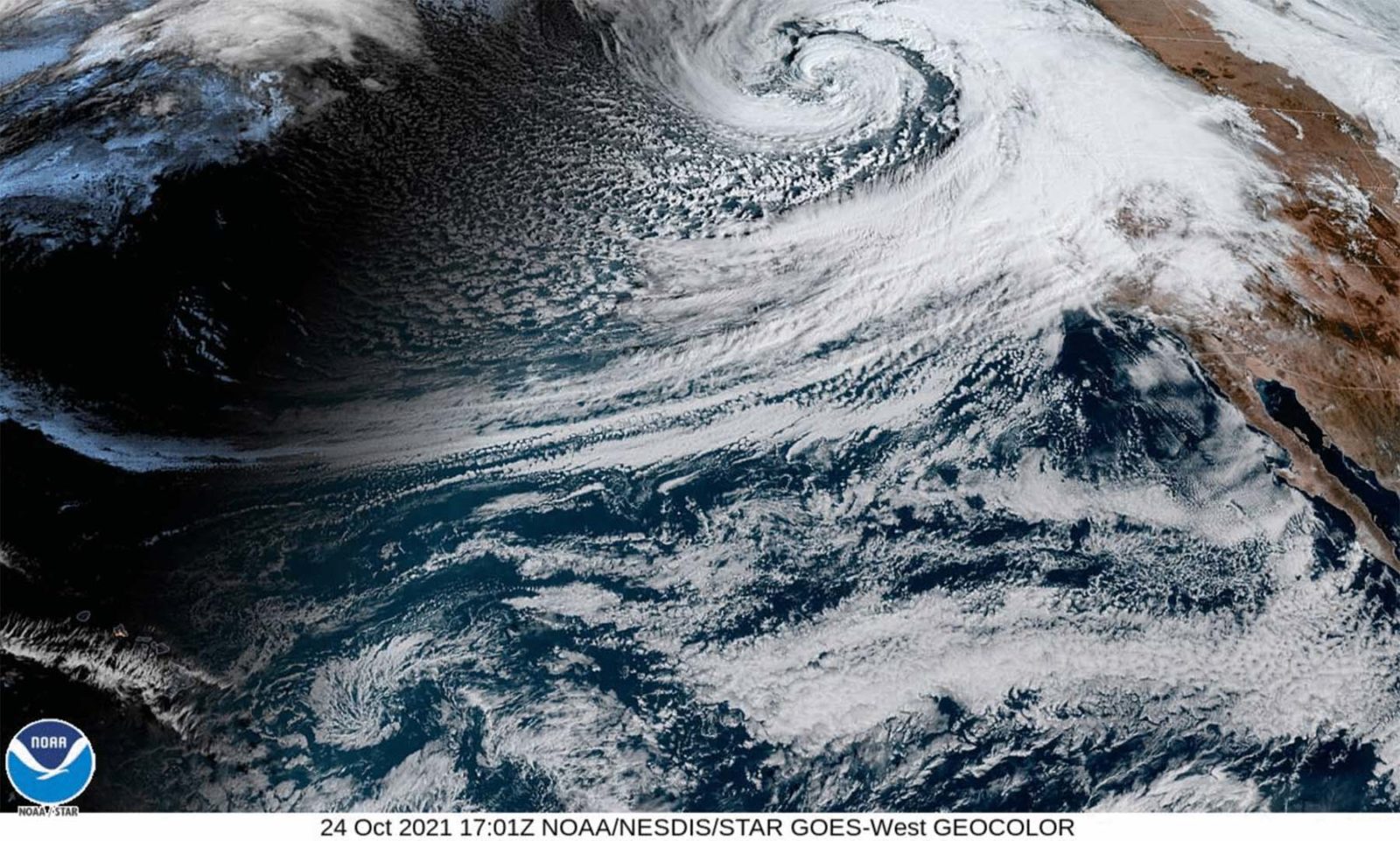
Atmospheric rivers are nothing short of a miracle for California. But climate change is altering their character. The local impacts of global warming are making us continuously grapple with either drought, deluge or both at the same time. Can we rely on these miracle-working storms anymore? Are the miracles of atmospheric rivers turning into a menace?
Why’s It Called El Niño, and How Did Scientists Figure Out What It Is?
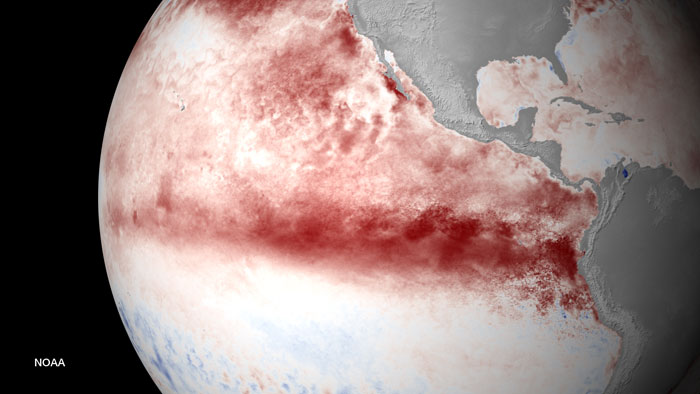
The explanation for El Niño has been revealed only slowly, piece by piece over a century, as dedicated researchers in far-flung locations searched for explanations for the droughts and deluges they witnessed.
Capturing the Flood in California’s Ancient Underground Waterways
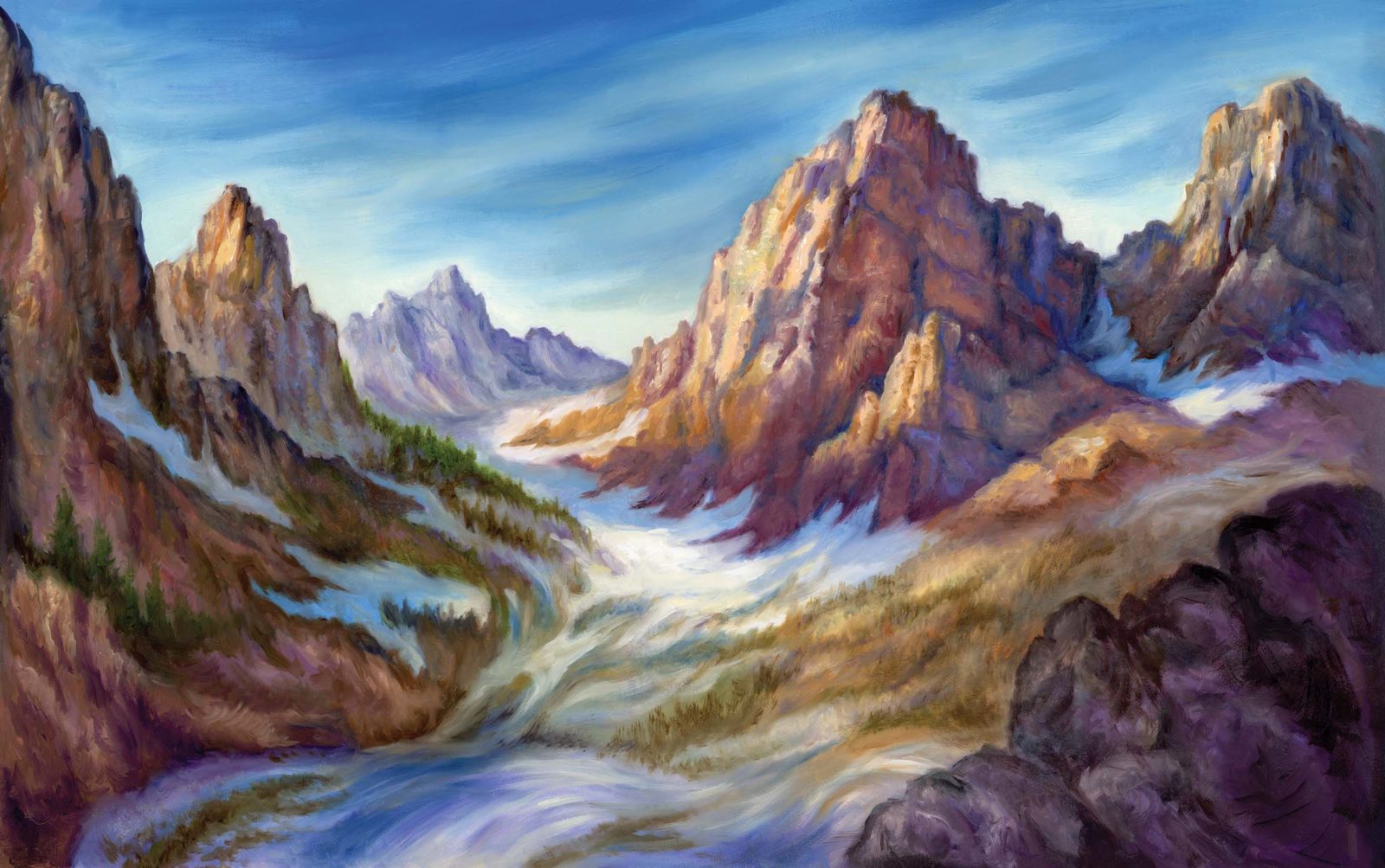
Ancient and buried riverbeds can move and absorb excess stormwater, storing it for future droughts. Called paleo valleys, these buried historic riverbeds are still the paths water wants to travel underground, like slow-motion rivers. Their extreme permeability means they can absorb about 60 times more water than the surrounding clay. Aquifers, which are better known, also hold water in coarse soils. But the paleo valleys born of the most recent glaciations are truly special.
The Mysterious Madden-Julian Oscillation
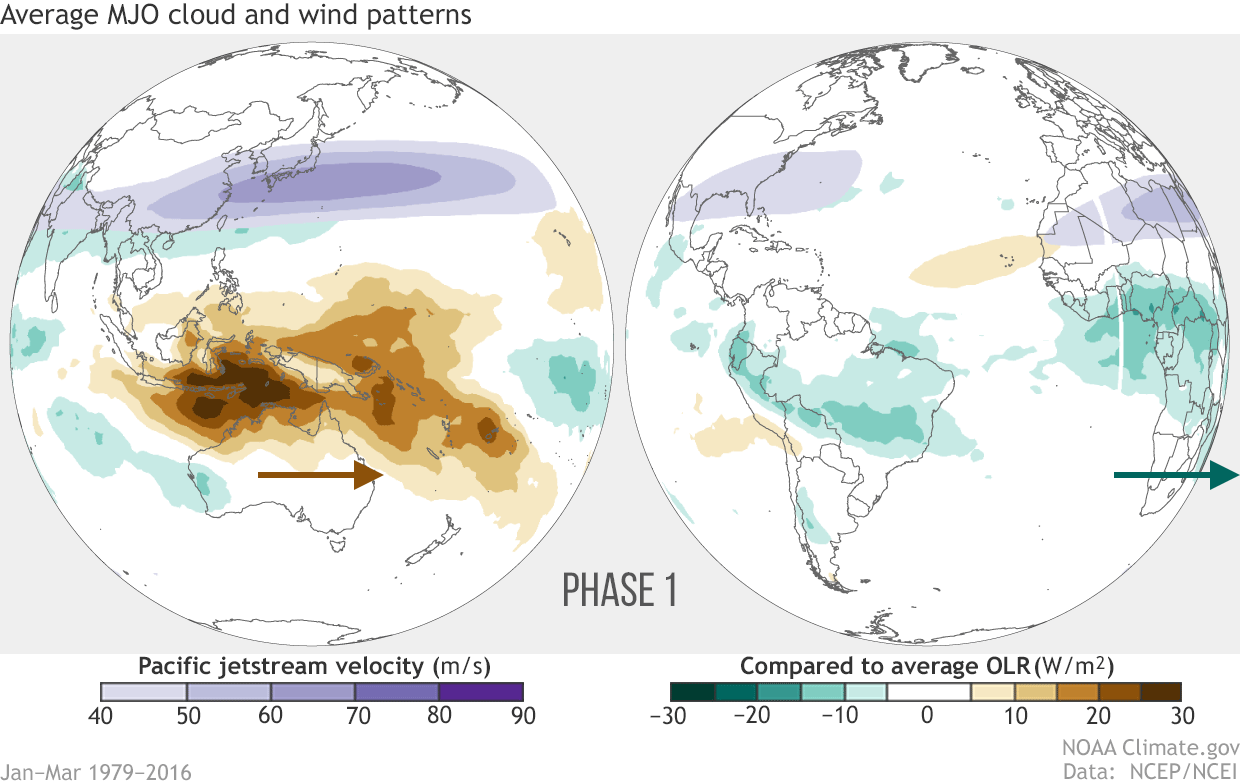
A lot of people ask what it takes to make it rain in California, and the answer relies on a bewildering variety of inputs, some of them very complex and very far away. One of the most intriguing, and least understood, is a weather phenomenon called the Madden-Julian Oscillation, or MJO, a large tropical system of clouds, rainfall and wind patterns—imagine a traveling storminess—that takes 30 to 60 days on average to work its way across the globe.
Why October Rain Matters Year-Round
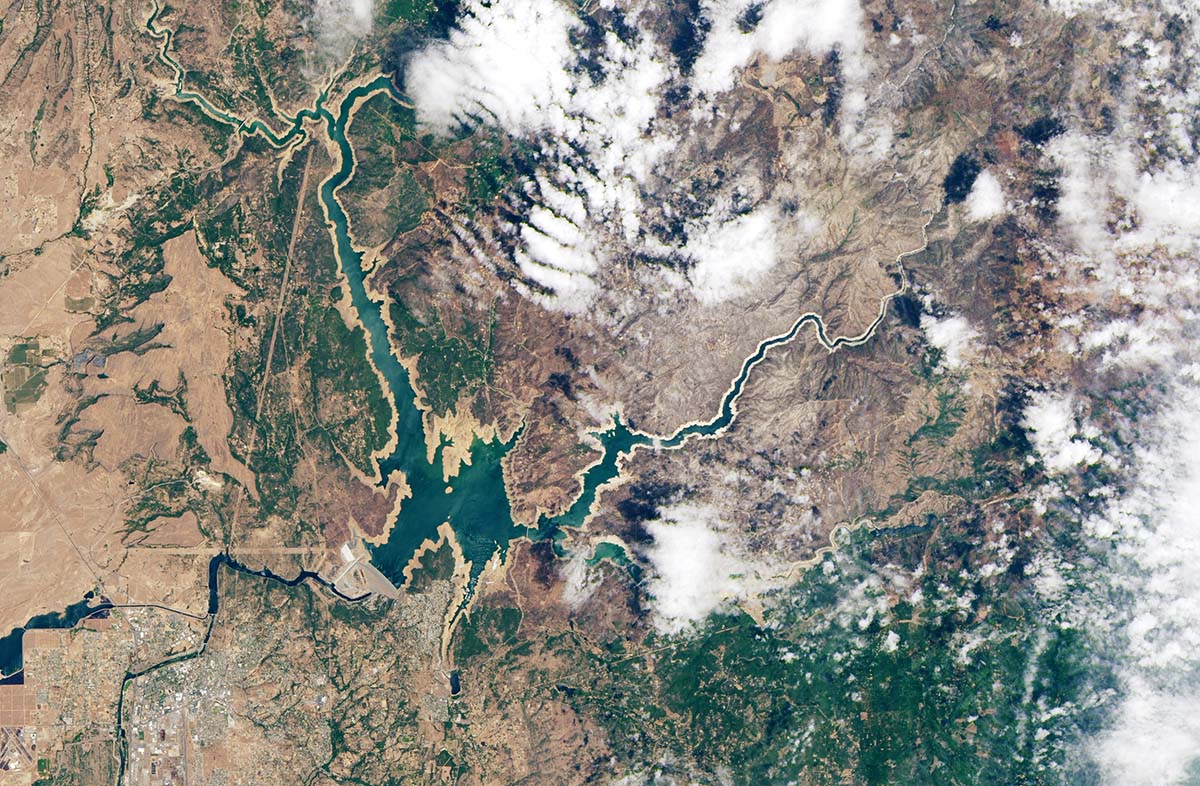
Statistically, October rain does not count much toward Northern California’s annual rainfall. In a region that averages 20-40 inches of rain a year, even a very wet October might only be 10 percent of the total amount. But October’s rainfall plays an outsized role in determining the character of a year because of its influence on both fire and agriculture.
Where Do Birds Go When it Rains?

Concerned about our feathered friends in the midst of recent rainstorms? Guest naturalist Josiah Clark reveals how seabirds, songbirds, raptors, waterbirds and others cope with the stormy weather.


